The Importance of After-Sales Service in Dentures Best Practices for Addressing Problems and Enhancing Patient Satisfaction
2025-04-05
2025-09-21
In the rapidly evolving landscape of healthcare, artificial intelligence (AI) is making profound strides in dentistry, particularly in diagnostics. As of 2025, AI technologies are no longer fringe tools but integral components of dental practices worldwide. These systems leverage machine learning algorithms to analyze vast datasets, including X-rays, scans, and patient histories, to detect issues like cavities, gum disease, and even early signs of oral cancer with unprecedented accuracy. For instance, AI-powered imaging software can identify anomalies that might escape the human eye, reducing diagnostic errors by up to 30% according to recent studies. This shift not only enhances patient outcomes but also streamlines workflows, allowing dentists to focus more on treatment rather than preliminary assessments.

One of the most exciting developments is the integration of AI in restorative dentistry. Tools like predictive analytics help in planning procedures by simulating outcomes based on patient-specific data. In 2025, generative AI is moving beyond hype, enabling real-time adjustments during treatments. For example, AI can optimize crown placements or orthodontic alignments by processing 3D models, leading to more precise and durable restorations. This personalization extends to preventive care, where AI algorithms assess risk factors such as diet, genetics, and lifestyle to recommend tailored hygiene routines. Practices adopting these technologies report higher patient satisfaction, as treatments become less invasive and more effective.
Moreover, AI is bridging gaps in access to care, especially in underserved areas. Tele-dentistry platforms enhanced by AI allow remote consultations where algorithms pre-screen images uploaded by patients, flagging urgent cases for immediate attention. This is particularly vital in regions with dentist shortages, projected to worsen by 2025. Ethical considerations, however, remain paramount; ensuring data privacy and algorithmic transparency is crucial to maintain trust. Regulatory bodies are updating guidelines to keep pace, emphasizing bias-free AI models trained on diverse populations.
Looking ahead, the fusion of AI with other innovations like augmented reality (AR) for surgical guidance promises even greater advancements. By 2030, experts predict AI will handle up to 50% of routine diagnostics, freeing professionals for complex cases. For patients, this means quicker diagnoses, reduced costs, and proactive health management. Dentists embracing AI are not just keeping up—they're leading a revolution in oral health that prioritizes precision, efficiency, and equity.
In conclusion, the rise of AI in modern dentistry is reshaping how we approach oral care. From enhanced diagnostics to personalized treatments, these technologies are setting new standards for excellence in 2025 and beyond. As adoption grows, the focus will shift toward integrating AI seamlessly into everyday practice, ensuring that every smile benefits from cutting-edge intelligence.

Dry & wet milling for zirconia, PMMA, wax with auto tool changer.
learn more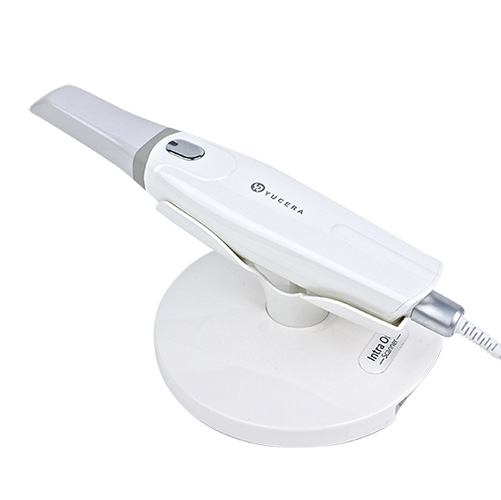
High-precision 3D scanning, AI calibration, full-arch accuracy.
learn more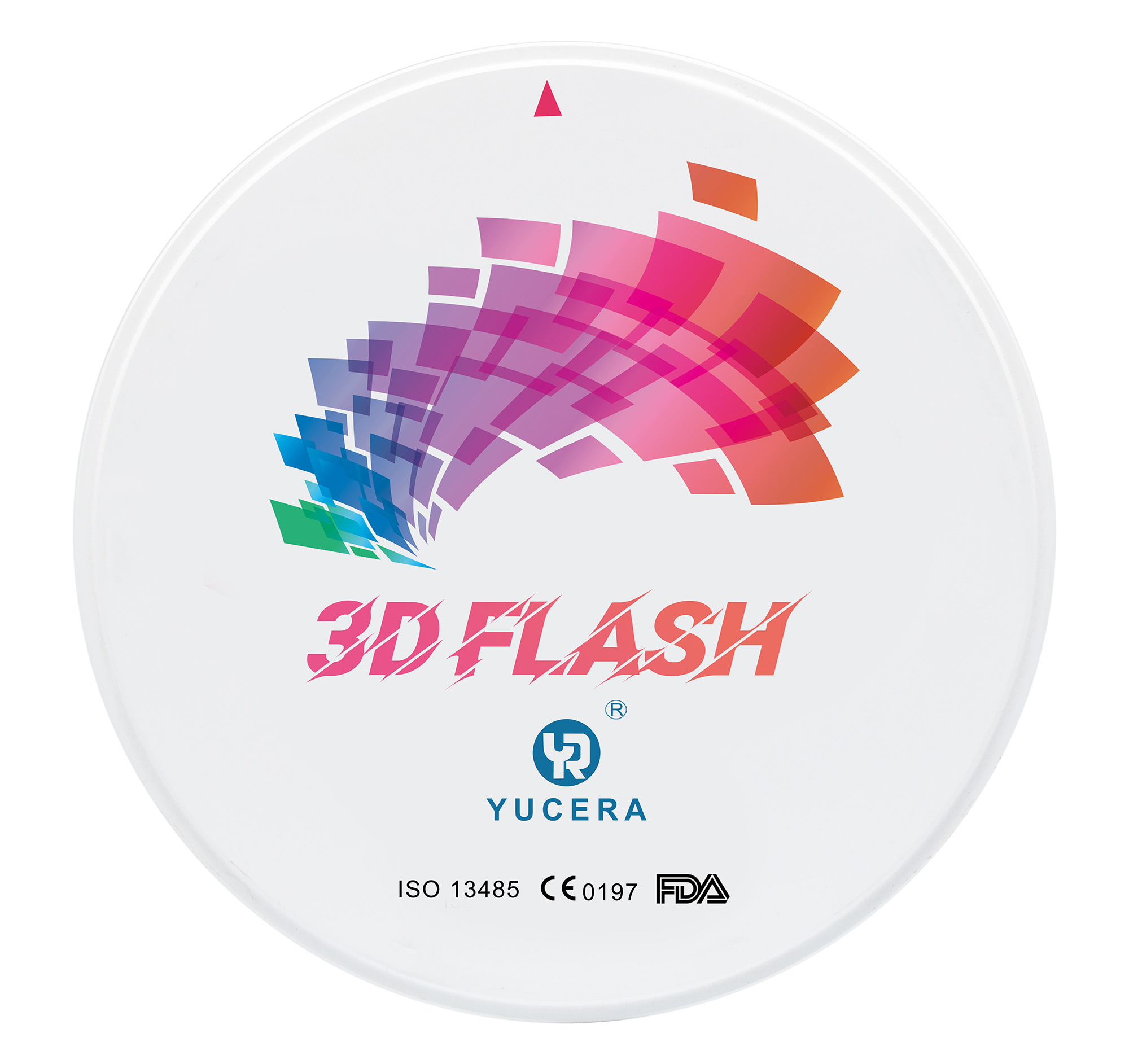
40-min full sintering with 57% incisal translucency and 1050 MPa strength.
learn more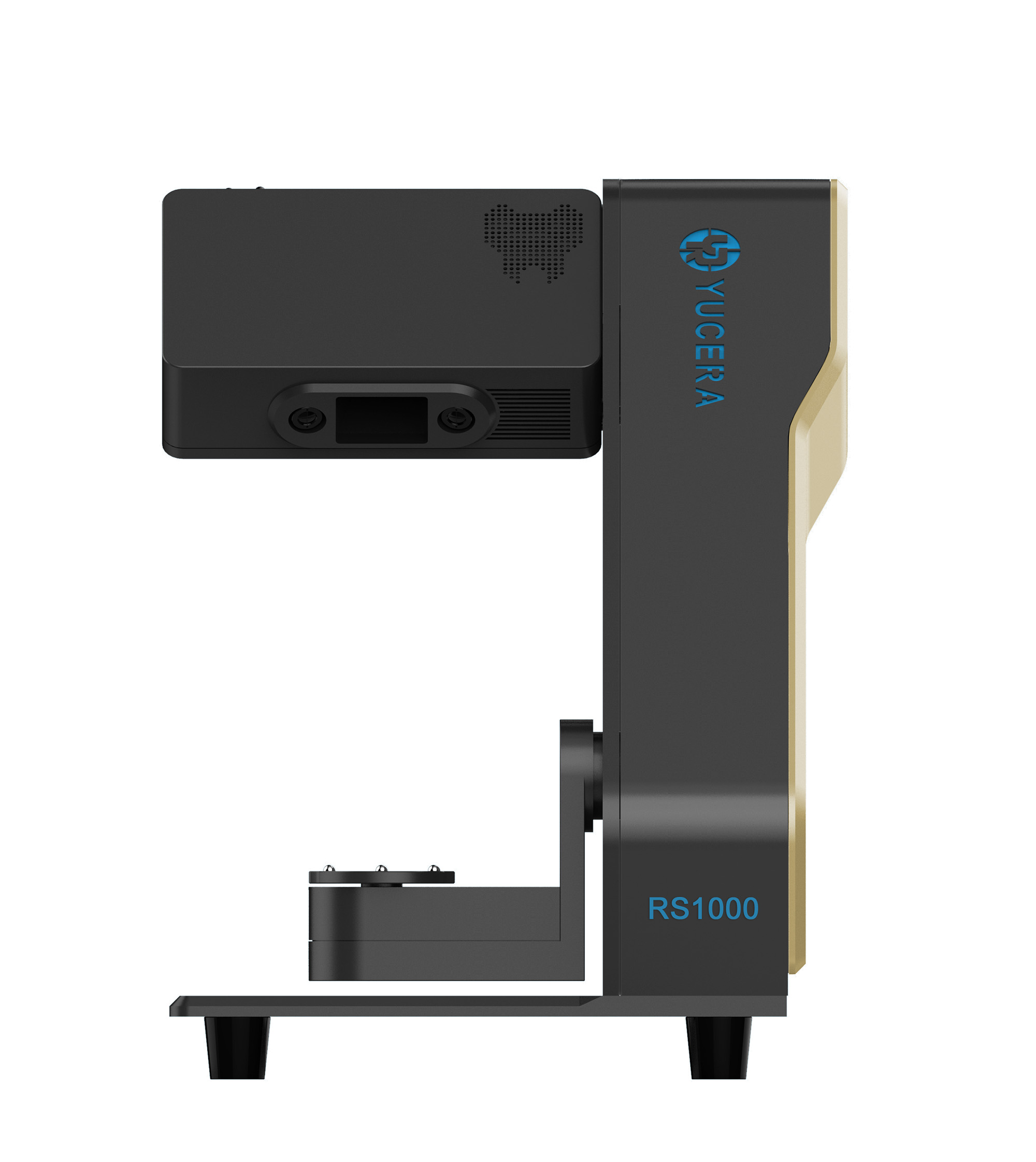
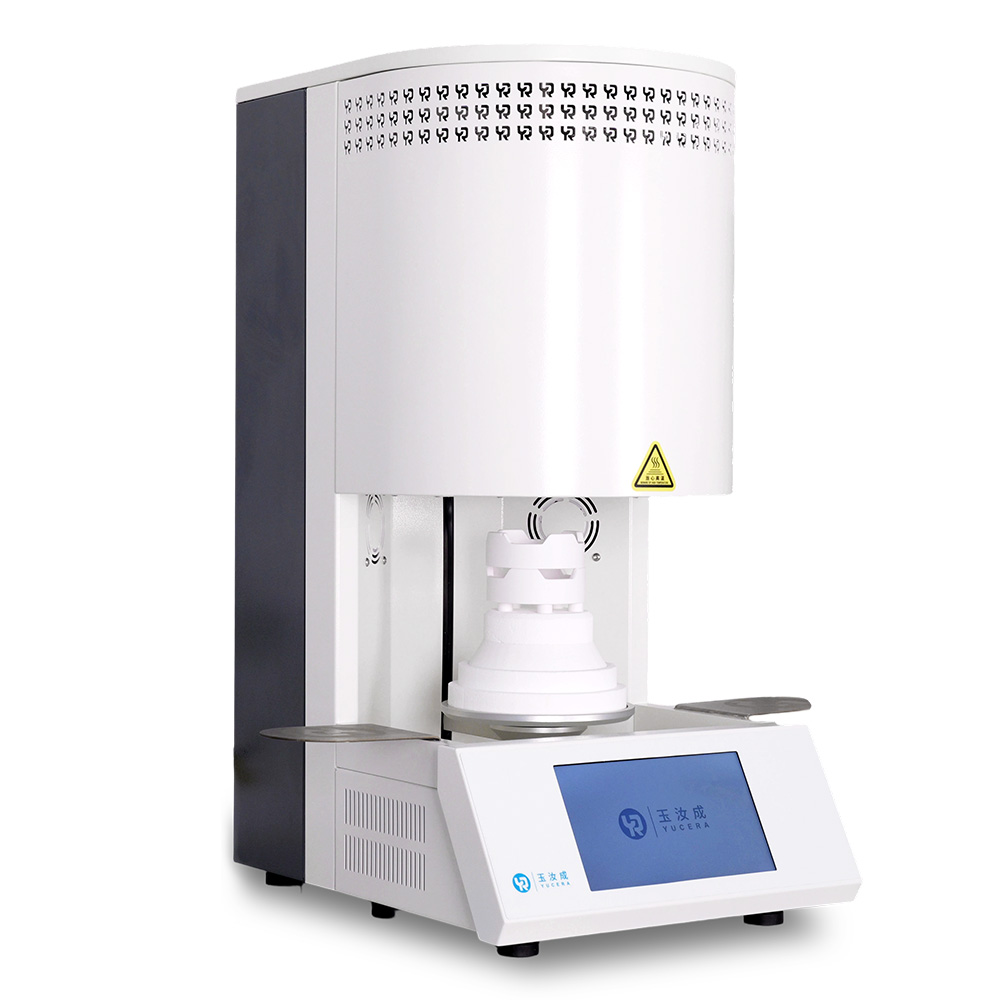
40-min cycle for 60 crowns, dual-layer crucible and 200°C/min heating.
learn more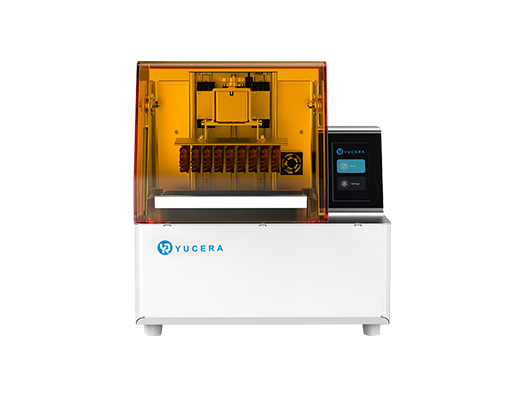
High-speed LCD printer for guides, temporaries, models with 8K resolution.
learn more
2025-04-05
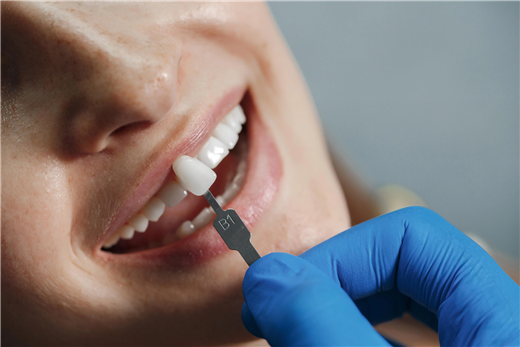
2025-10-24

2025-09-23